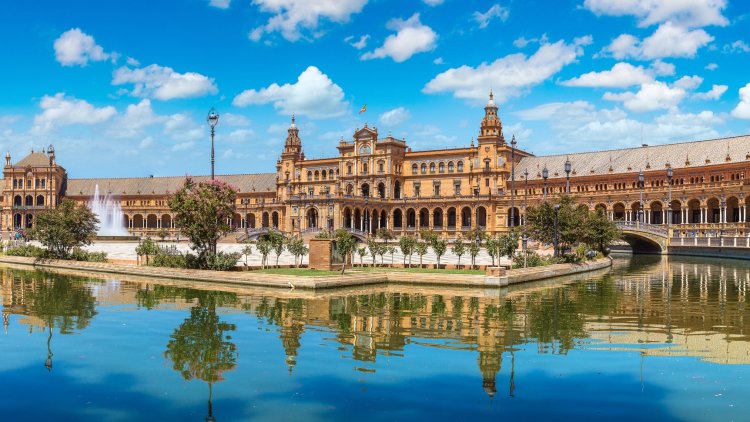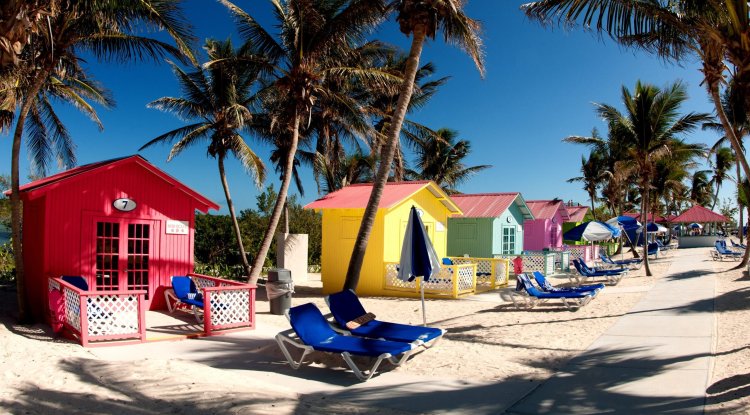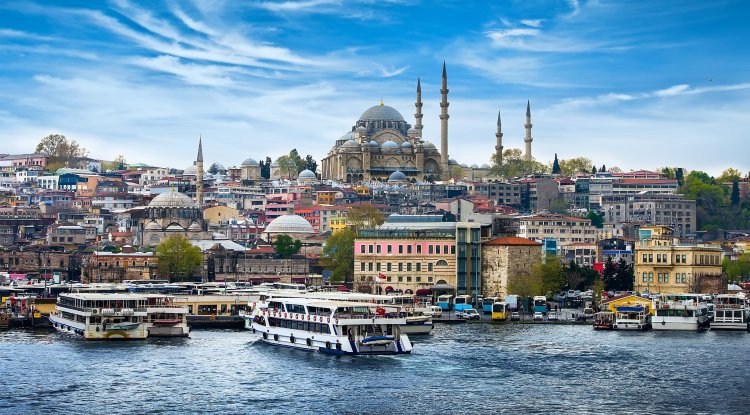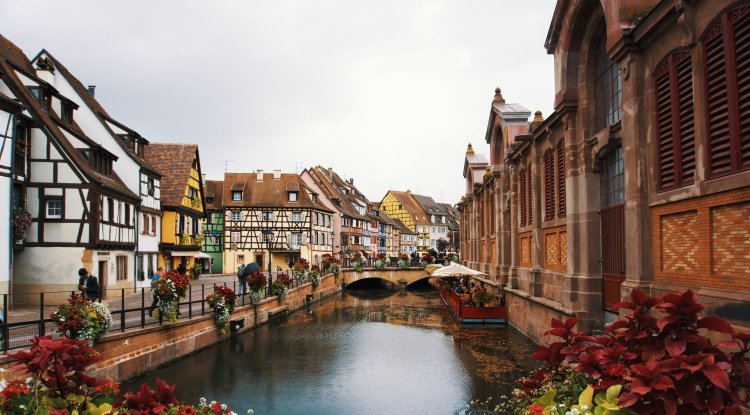SEVILLE: A city of fascinating architecture
In the past, many conquerors wanted to conquer Seville. Today, tourists from all over the world are competing to conquer this Andalusian city.

In the past, many conquerors wanted to conquer Seville. Today, tourists from all over the world are competing to conquer this Andalusian city.
Why is Seville so special? Because it has an interesting history, a rich legacy acquired over centuries, because it was the place where Europe first met the "new world" in the 16th century, because it is the place where lemons, potatoes, corn, cocoa, tomatoes first entered Europe. Because it is a real paradise for artists, because the city is the ancestor of flamenco, because it is a place talked about in the opera "Carmen" and "The Barber of Seville", and for a million other reasons.
A brief history of Seville - a city of great discoveries
Seville is the largest city and the capital of Andalusia. Not far from Seville is the Atlantic Ocean, and the Guadalquivir River flows through this city, which in the past was significantly larger, wider, and navigable. The city was founded in the second millennium BC and its history follows the history of other Andalusian cities. These areas were inhabited by the Romans after the victory in the Second Punic War and have since become the administrative center of the region.
With the penetration of the Moors (Arabs) into the territory of Spain, the Moors also occupied this city. However, at that time, the Moors still preferred the development of Cordoba, so Seville was in its shadow. The Moors gathered around several important Moorish dynasties and each of them had its headquarters. The capital of the Almohad dynasty became Seville and since then it has begun to develop a lot, especially in terms of architecture and construction.
In 1248, the Spaniards conquered these areas and seized their rule. In the beginning, the baptism or expulsion of the Moors began subtly, and later much more aggressively. It is estimated that over 300,000 Moors left this area. This fate befell not only the Moors but also the Jews. In 1391, all synagogues in Seville were closed and converted into Catholic churches, and the most difficult years for Moors and Jews were in the 15th century when the Inquisition was established for those who did not want to be baptized and convert to Catholicism.
Seville undoubtedly experienced its greatest expansion after the discovery of America, which even led to the founding of the first chamber of commerce in the 16th century. However, the 17th century was not so great. The main problem was that Seville did not develop local production, but lived at the expense of what they brought from American territory. It experienced another rise in the 20th century when the Ibero-American exhibition was held in Seville in 1929 when the city was re-launched industrially and became a trade center. No battles were fought in this city during the Spanish Civil War, so the buildings of Seville were not destroyed either.
Location and climate of Seville
Seville is located in the south of the Iberian Peninsula, in the region of Andalusia. The Guadalquivir River flows through the city, which flows into the Atlantic Ocean, which is about 90 km away from Seville.
Seville has a subtropical climate and is therefore known as the city with the warmest summers in continental Europe (on average around 35 degrees Celsius), and it is not unnoticed that the summer temperature exceeds 40 degrees. Winters are mild, and average winter temperatures vary from 5 to 15 degrees Celsius.
Spanish Square - Plaza de Espana
One of the main and most photographed symbols of Seville is the Spanish Steps. This building was made for the Ibero-American exhibition in 1929 and was distributed in the pavilions of twenty countries that participated in that exhibition. This square is, to put it mildly, huge. In many guides, one can find information that its area is equal to the area of five football fields. It is semicircular in shape and the basic idea was to show all the power of Spain during its greatest prosperity.
In the central part of the square, there is a large fountain, and next to the monumental building, there is a canal, over which you can walk through beautiful, richly decorated bridges.
Cathedral - La Giralda
Seville's greatest pride is its Cathedral of Santa Maria, which is said to be the largest Gothic cathedral in the world, and the third-largest of all the world's cathedrals, just after St. Peter's Basilica in Rome and St. Paul's Cathedral in London. Like most religious buildings in Andalusia, it was built on the foundations of an old mosque built during the Moorish period. When the Spaniards occupied Seville in 1248, they used the mosque for a time as a cathedral, for Catholic religious ceremonies.
Royal Palace of Alcazar
The Royal Palace of Alcazar is one of the most monumental buildings in Seville. The origin of the name is from the Arabic language and in translation it means fortress. This fortress was a very important place during the rule of the Moors because it was the residence of their famous dynasties. During the reign of Almohad, it was further expanded and then, in the 12th century, it became their capital.





























